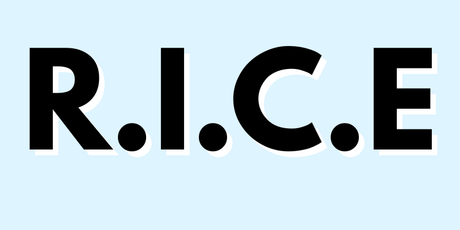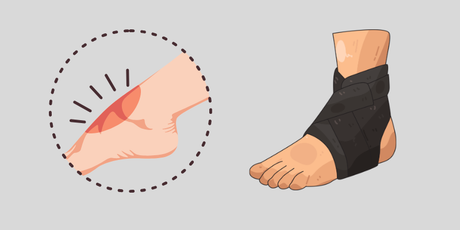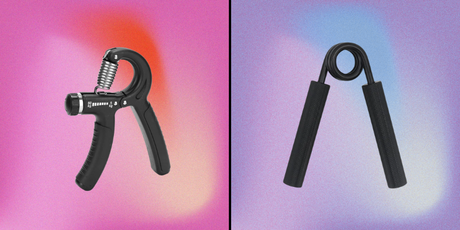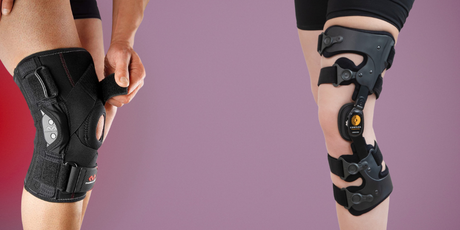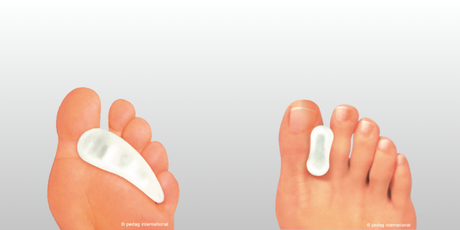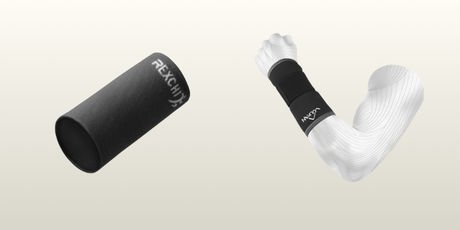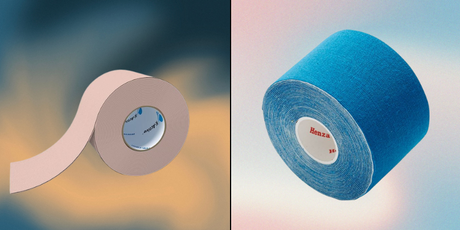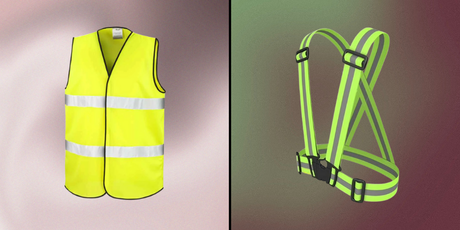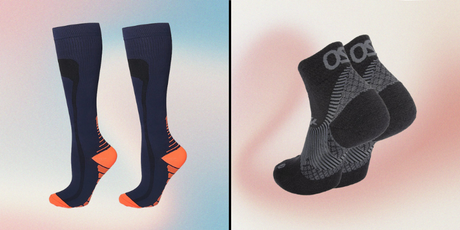Compression socks (also called compression stockings or therapy socks) are tight-fitting elastic garments designed to apply graduated pressure - tightest at the ankle, gradually decreasing toward the calf or thigh - to your lower legs. They’re engineered to help improve venous circulation by gently squeezing the leg tissues and vein walls.
Available in knee-high, thigh-high, and pantyhose styles, they’re made from stretchy textiles (e.g., nylon, spandex blends) that wick moisture, support comfort, and come in an expanding array of colors and patterns.
If you're looking to invest in some for yourself, then we recommend checking out our large collection of compression socks.
How Do Compression Socks Work?
Graduated Compression Mechanism
Compression socks physically narrow distended veins, accelerating blood flow toward the heart and enhancing the function of valves in leg veins. Gravity pulls blood downward, so the ankle‑to‑calf gradient helps prevent blood from pooling in the legs. By squeezing the tissues, they also support lymphatic drainage - reducing swelling and improving circulation.
Interaction with Calf Muscle Pump
Compression socks enhance the natural pumping action of calf muscles: with each step, compressed veins return blood upward more efficiently.
Physiological Effects
- Reduced venous diameter leads to increased blood return speed, improved valve efficiency, and elevated arterial pressure to discourage pooling.
- Lymph flow support helps reduce edema and swelling.
- Less lactic acid buildup during and after exercise—though performance benefits remain modest per current evidence.
Benefits of Wearing Compression Socks
Medical & Health Benefits
1. Prevent Deep Vein Thrombosis (DVT)
Compression socks reduce the risk of blood clots by maintaining steady circulation and preventing stasis—especially important during prolonged immobility, such as long flights or sedentary recovery. A large review found clot risk halved among hospital patients using graduated compression stockings.
2. Manage Venous Insufficiency & Varicose Veins
For those with valve dysfunction or varicose veins, graduated pressure improves vein mechanics and may slow disease progression.
3. Reduce Swelling & Lymphedema
By compressing soft tissues and mobilizing fluid, compression socks are often prescribed to manage edema from chronic conditions or post‑surgery recovery.
4. Improve Circulation & Lower Leg Comfort
Wearing them can relieve heaviness, fatigue, and swelling, especially in occupations requiring long hours on feet or sitting.
Athletic & Lifestyle Use
Post‑exercise & Recovery
Athletes often report reduced muscle soreness and quicker recovery when wearing compression socks during or after workouts, though research findings are mixed.
Travel & Flying
Compression socks are strongly recommended by medical experts during long-haul flights to cut DVT risk and prevent swelling.
Everyday & Trendy Use
Millennials and Gen Z are increasingly embracing compression socks for wellness and style. Influencers, users in travel, standing jobs, or fitness settings recommend them for energy, comfort, and recovery—even in younger, healthy populations.
Who Should Consider Compression Socks?
1. People with Medical Conditions
- Individuals with venous insufficiency, varicose veins, or leg ulcers.
- People at risk for or recovering from deep vein thrombosis.
- Pregnant women, especially with swelling or varicose veins.
- Patients post‑surgery or bedridden, where immobility increases vascular risks.
2. Workers with Standing or Sitting Jobs
Long shifts standing (e.g. nurses, retail, hospitality) or sitting (office, drivers) can lead to leg fatigue, swelling, and discomfort—compression socks offer preventive relief.
3. Travelers and Long‑Flight Passengers
Recommended especially for those with added risk factors. Benefits are strongest when worn throughout the trip.
4. Athletes & Fitness Enthusiasts
While sport-centric benefits remain under study, many wearers notice reduced post‑exercise soreness and faster recovery.
5. Everyday Healthy Users
Even in the absence of clear pathology, fashion‑brand compression socks are gaining traction among younger consumers for wellness, energy, and comfort.
Types & Compression Levels Explained
Compression Classes (Measured in mmHg)
- Light (8–15 / 15–20 mmHg): General fatigue relief, mild swelling, travel or daily wear. Available over-the-counter.
- Moderate (20–30 mmHg): Varicose veins, pregnancy swelling, mild venous insufficiency. Often medication-grade.
- Firm or Medical‑Grade (30–40 mmHg+): For DVT prevention, significant edema, post‑surgery recovery. Prescription required and should be carefully fitted.
Fit & Length Options
- Knee‑high: Common for general circulation support.
- Thigh‑high or full pantyhose: Used when pooling occurs above the knee or for orthostatic hypotension. Requires thoughtful sizing to avoid tourniquet effect.
Proper fit is crucial. Ill-fitting socks may cause pinching, bruising, skin damage or nerve compression. Professional fitting is advised for moderate to strong levels.
How to Use Compression Socks Safely
- Consult a healthcare provider, especially for existing conditions or stronger compression needs.
- Measure legs properly before selecting size and compression class. Many clinics offer certified fitting services.
- Put them on first thing in the morning, before swelling starts, and wear throughout the day—remove at night unless advised.
- Don’t fold or roll down edges—this can restrict circulation or cause injury.
- Monitor skin daily—look for redness, irritation, color changes; these can indicate poor fit or sensitivity.
- Use proper donning technique: e.g. invert, pinch heel, slide foot in, and gently pull up. Some find using gloves, powder, or sock donners helpful.
Real‑World Use Cases: Who Should Invest in Them?
Situation Why Compression Socks Help:
Long‑haul flyers or travellers Reduce risk of swelling and blood clots during long immobility periods. Pregnant individuals Ease swelling, heaviness and prevent varicose veins. Work requiring long periods standing or sitting Prevent leg fatigue, swelling and discomfort. Post‑surgical recovery or mobility restriction Lower DVT risk and support healing through improved circulation. Varicose veins, edema or venous insufficiency Reduce pain, swelling, and help manage chronic vascular conditions. Athletes or exercise enthusiasts May reduce soreness and bolster recovery post-training.



